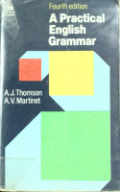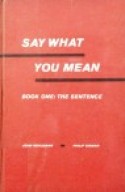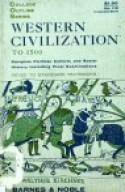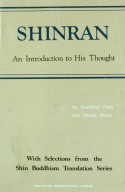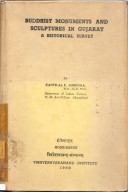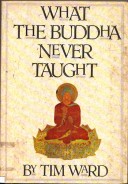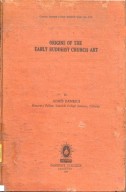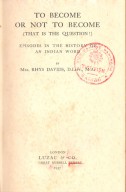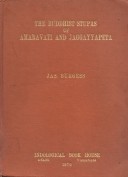Tìm Sách
Sách tiếng Anh-English >> A Practical English Grammar
Thông tin tra cứu
- Tên sách : A Practical English Grammar
- Tác giả : A. J. Thomson, A. V. Martinet
- Dịch giả :
- Ngôn ngữ : Anh
- Số trang : 359
- Nhà xuất bản : Oxford University Press
- Năm xuất bản : 1989
- Phân loại : Sách tiếng Anh-English
- MCB : 1210000003834
- OPAC :
- Tóm tắt :
Preface to the fourth edition
A Practical English Grammars intended for intermediate and post-intermediate students. We hope that more advanced learners and teachers will also find it useful.
The book is a comprehensive survey of structures and forms, written in clear modern English and illustrated with numerous examples. Areas of particular difficulty have been given special attention. Differences between conversational usage and strict grammatical forms are shown but the emphasis is on conversational forms
In the fourth edition the main changes are as follows:
- Explanations and examples have been brought up to date.
- There is now more information on countable and uncountable nouns, attributive and predicative adjectives, adverbs of place, sentence adverbs, cleft sentences, prepositions, conjunctions, modal verbs, perfect tenses, infinitive constructions, the passive, purpose clauses and noun clauses.
- Some material has been rearranged to make comparisons easier. For example, parts of chapters on can, may, must etc. are now grouped by function: verbs of liking and preference have a chapter to themselves: suggestions and invitations have joined the chapter on commands, requests and advice.
- The contents list now summarizes every section heading, and there is a new index containing many more entries and
In this edition the sign ‘~’ is frequently used to denote a change of speaker in examples of dialogue. Note also that although the sign ‘= ‘ sometimes connects two words or expressions with the same meaning, it is often used more freely, e.g. to indicate a transformation from active to passive or direct to indirect speech.
We wish to thank all at Oxford University Press who have assisted in the preparation of the fourth edition. We would also like to thank Professor Egawa of Nihon University, Japan, Professor René Dirven of Duisburg University, West Germany and other colleagues for their friendly and helpful suggestions.
London, November 1985 A.J.T., A.V.M.
Contents
References are to sections, unless otherwise stated.
- Articles and one, a little/a few, this, that
- Nouns
- Adjectives
- Adverbs
- all, each, every, both, neither, either, some, any, no, none
- Interrogatives: wh-? words and how?
- Possessives, personal and reflexive pronouns: my, mine, I, myself etc.
- Relative pronouns and clauses
- Prepositions
- Introduction to verbs
- be, have, do
- may and can for permission and possibility
- can and be able for ability
- ought, should, must, have to, need for obligation
- must, have, will and should for deduction and assumption
- The auxiliaries dare and used
- The present tenses
- The past and perfect tenses
- The future
- The sequence of tenses
- The conditional
- Other uses of will/would, shall/should
- The infinitive
- The gerund
- Infinitive and gerund constructions
- The participles
- Commands, requests, invitations, advice, suggestions
- The subjunctive
- care, like, love, hate, prefer, wish
- The passive voice
- Indirect speech
- Conjunctions
- Purpose
- Clauses of reason, result, concession, comparison, time
- Noun clauses
- Numerals, dates, and weights and measures
- Spelling rules
- Phrasal verbs
- List of irregular verbs
 Facebook
Facebook
 Google
Google
 Google+
Google+
